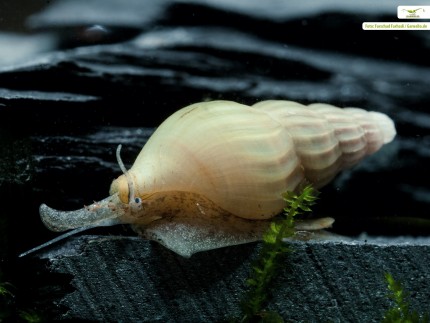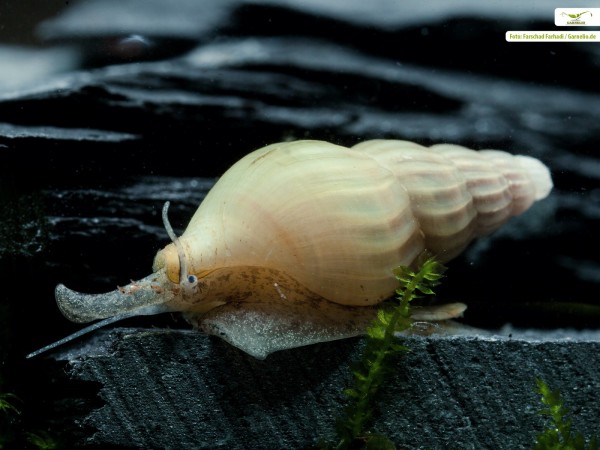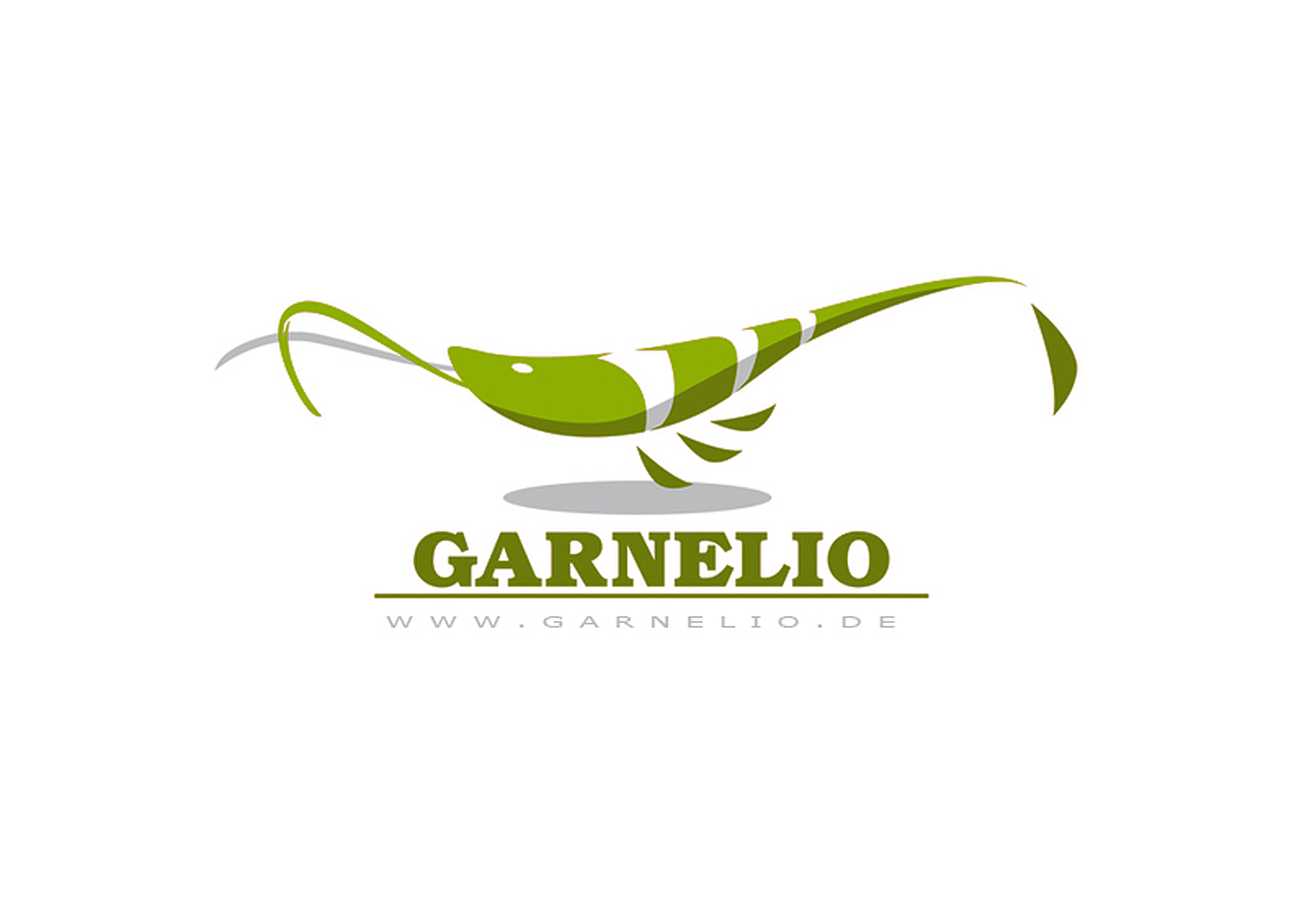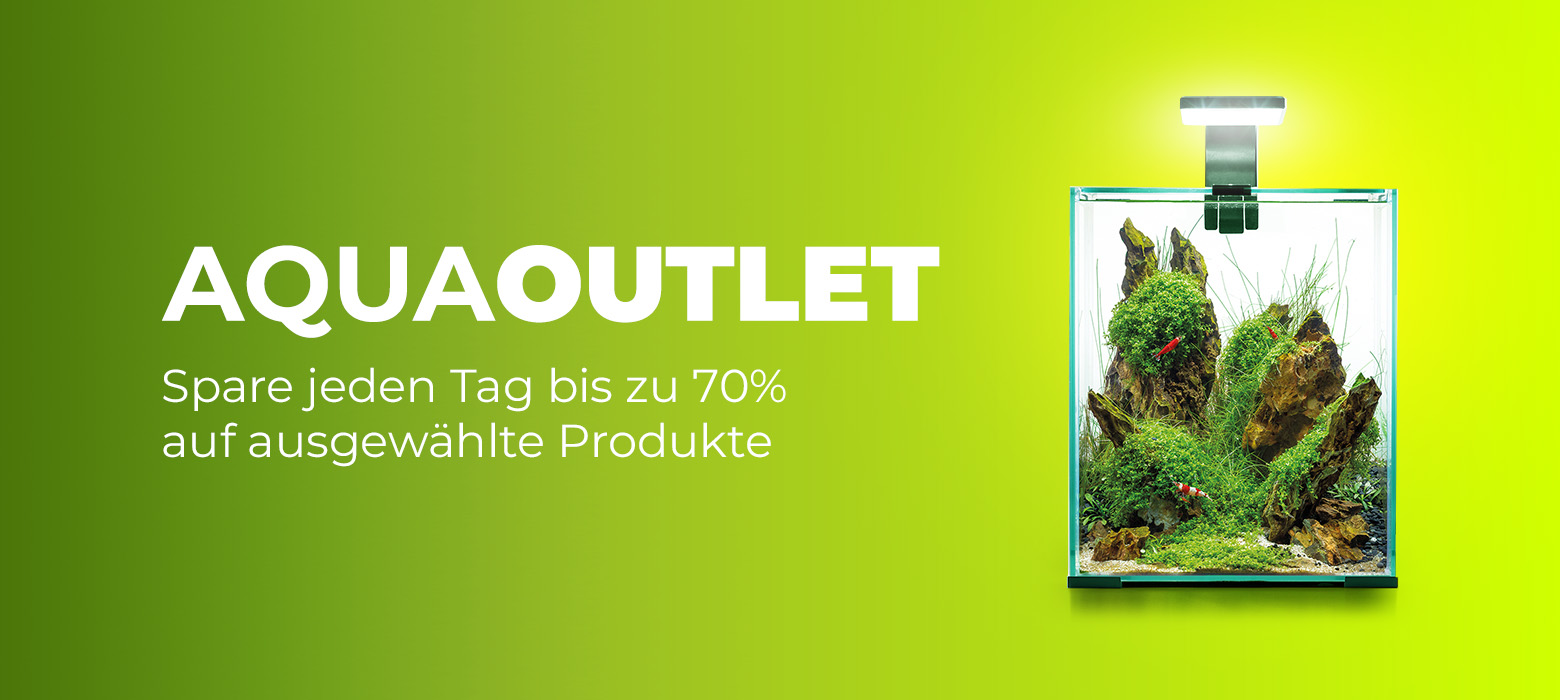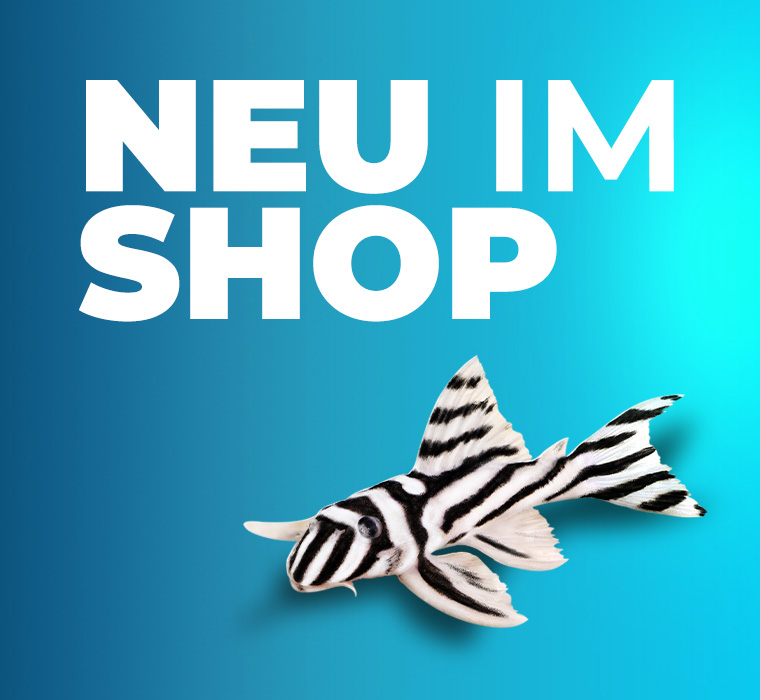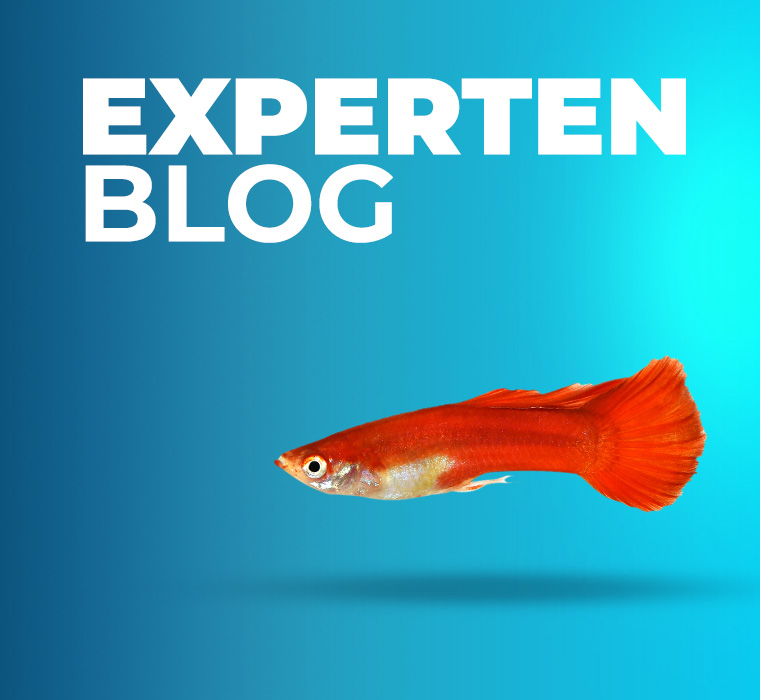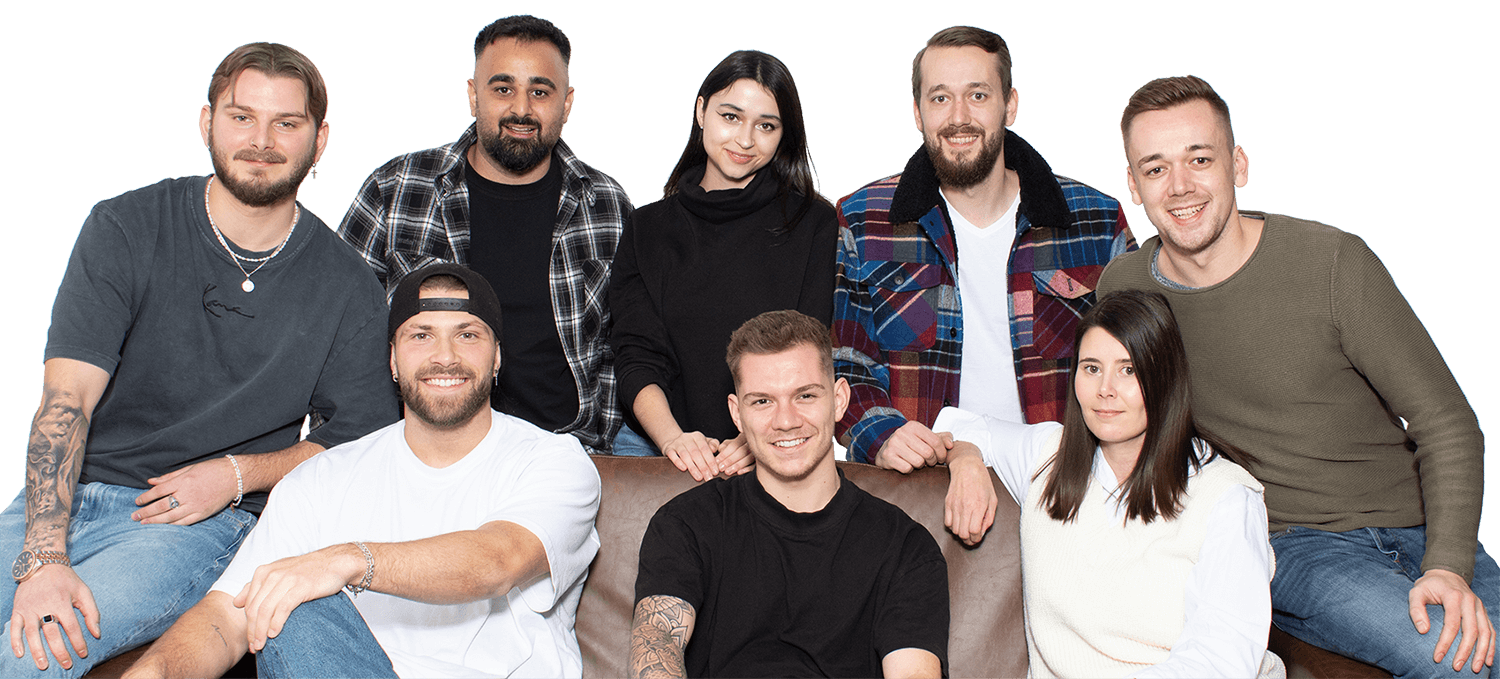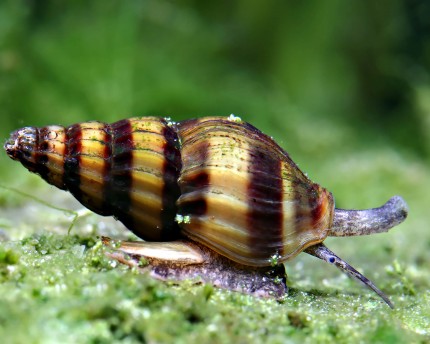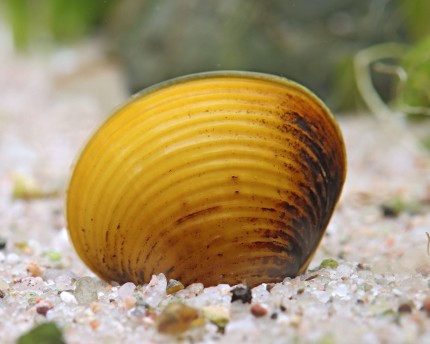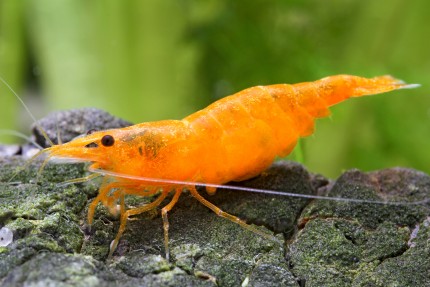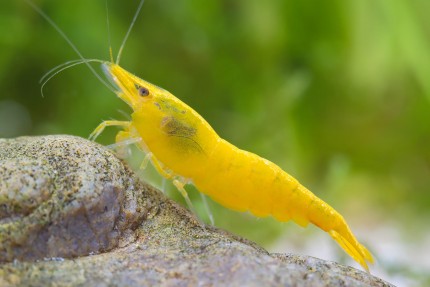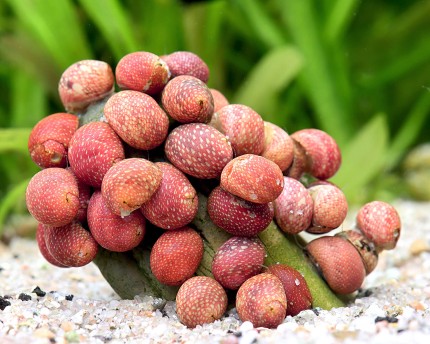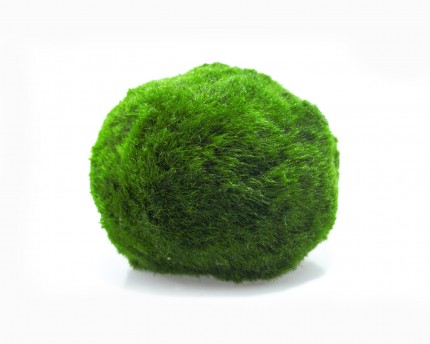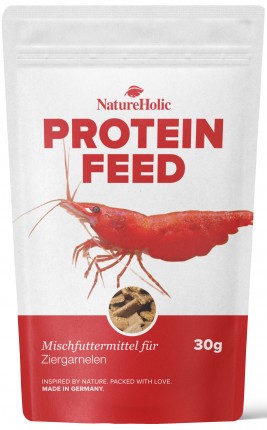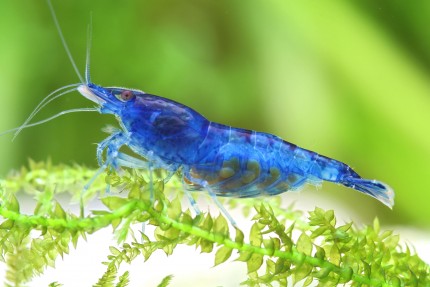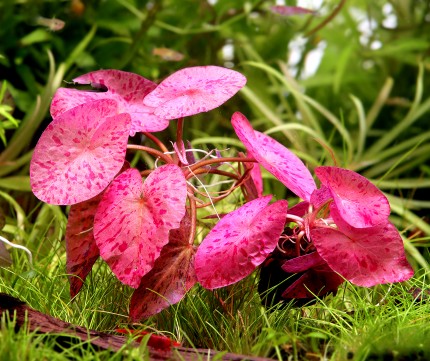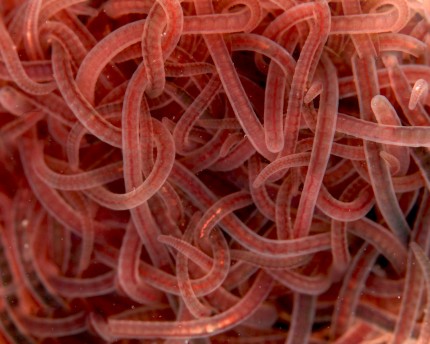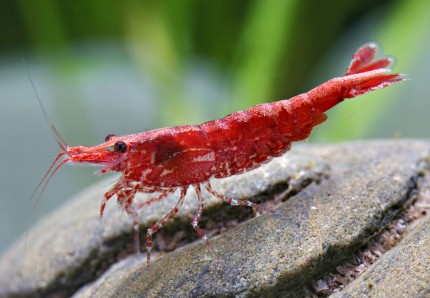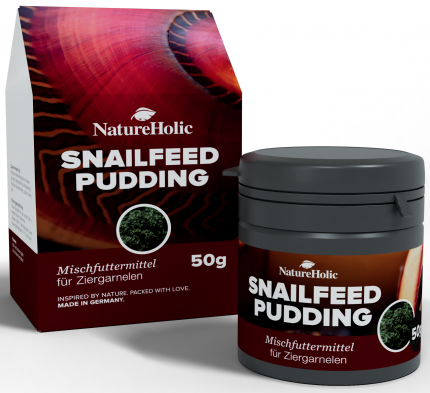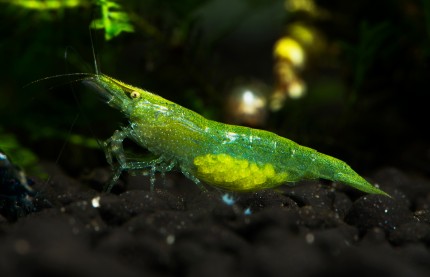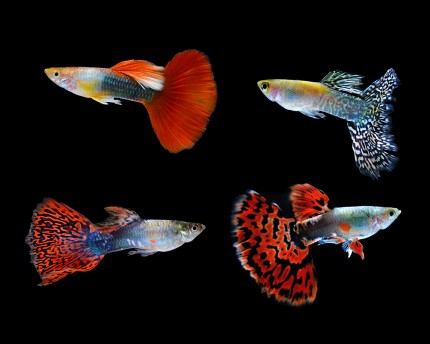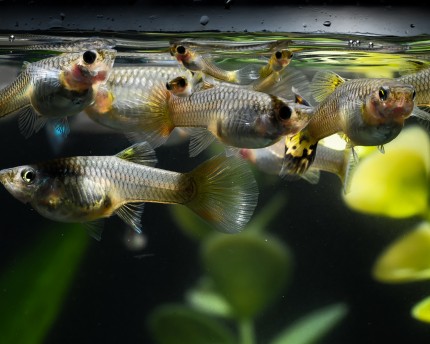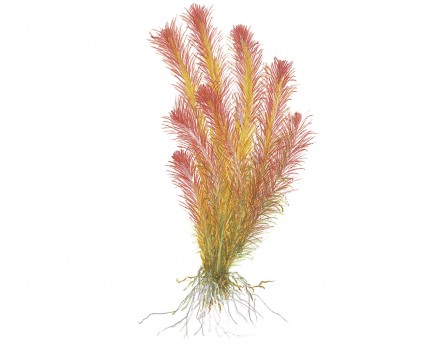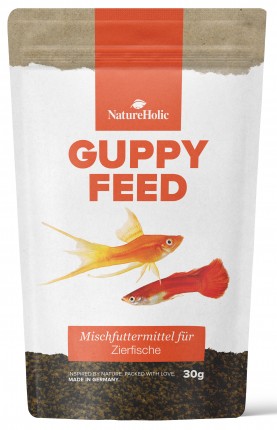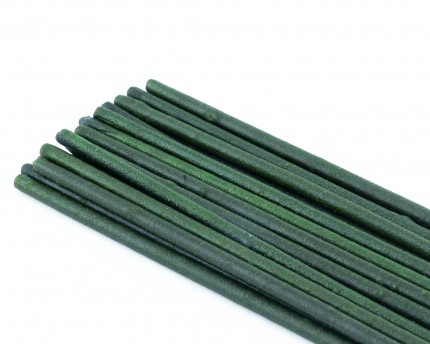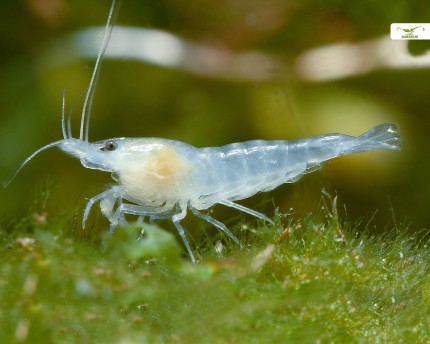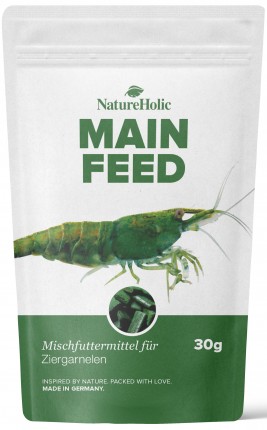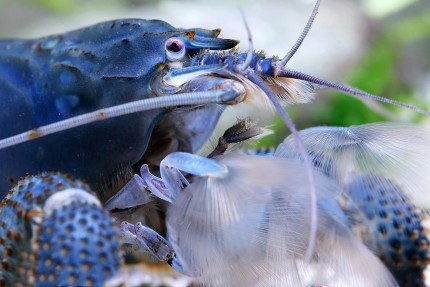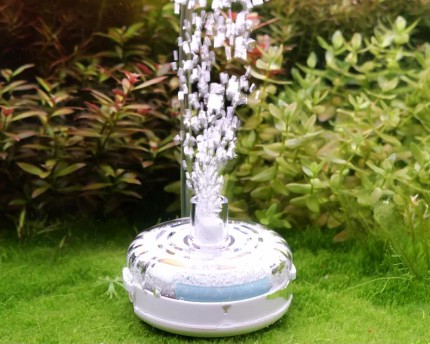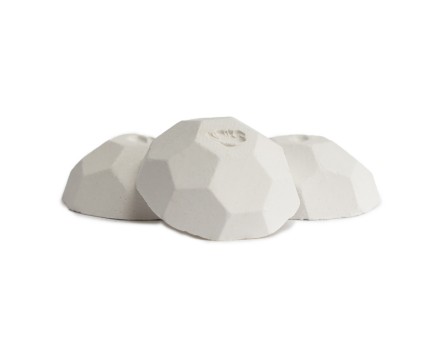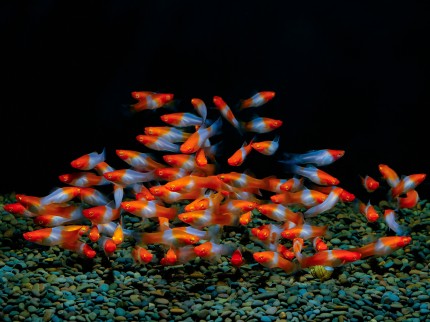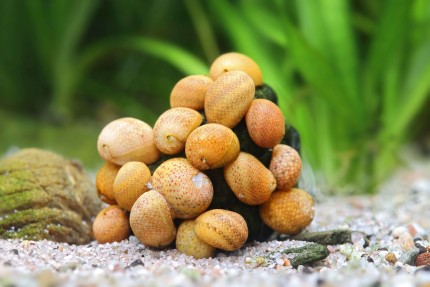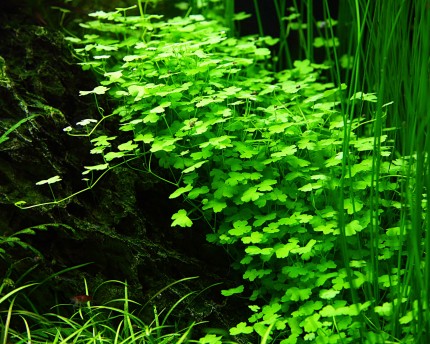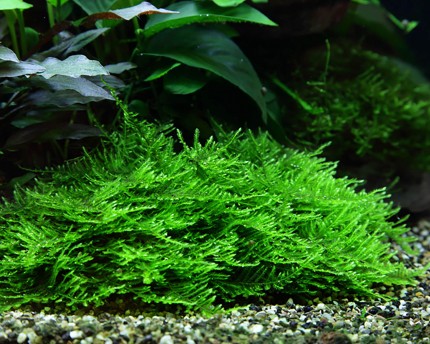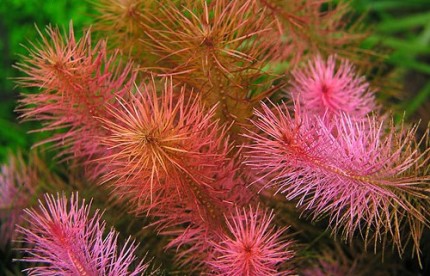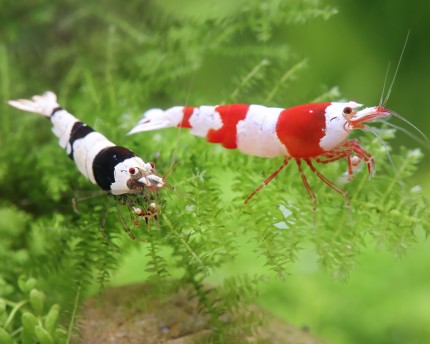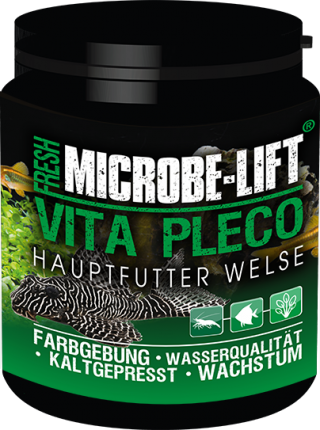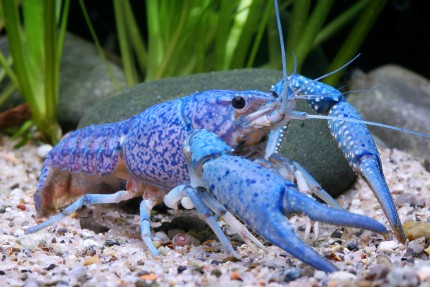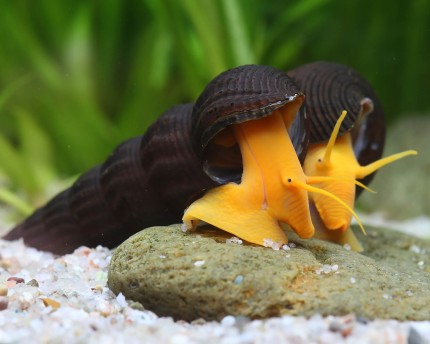- Item no: 2925
Fast delivery times
All products are in stock with us!14 years of breeding experience
Let our team of experts advise you!High customer satisfaction
from over 3,000 reviews "The Ivory Predatory Snail is a brand new color form of the Predatory Snail Clea helena, also still known by its old name Anentome helena, which originally came to us from Indonesia and Thailand. It has the beautiful up to 3 cm long ribbed tower-shaped shell of the robber snail, but it lacks the yellow-black stripes. Due to the ivory color the structures of the shell stand out beautifully. In the front you can see the characteristic notch through which the ivory predatory snail stretches its proboscis upwards. This is a healthy strain of German offspring, which has been purely bred for 3 years and now produces 95% ivory colored offspring.
As the name suggests, the ivory predatory snail is characterized by its predatory way of life, it eats mainly snails, but does not say no to other protein-containing food. If the snails in the aquarium are decimated, Clea helena can also be fed with protein food. If the ivory snail eats a snail, it proceeds as follows: It first stuns the captured snail with venom, which it injects through one of its proboscises. This venom not only stuns, but also dissolves the snail's tissue. The ivory predatory snail then uses a second proboscis to suck out its victim. Easy-to-hunt snails without lids are preferred, but snails with lids are also caught. Even large snails like racing snails are among their prey. One hears even now and then reports that Clea helena goes also to shrimps - certainly not the rule, but it can occur already once. With fish the socialization works very well, crabs and shrimps crack and eat the ivory raptor snail like any other snail.
Ivory predatory snails are separately sexual, but males and females unfortunately cannot be distinguished from each other by external characteristics. After the mating act, female ivory predatory snails lay their square egg cocoons on smooth surfaces such as plants, wood and stones, the discs or equipment. The egg cocoons have a characteristic pillow shape and each contains only one egg recognizable as a bright spot. After about two weeks, the approximately 1 mm long juvenile snail hatches and initially hides in the substrate, where it feeds on microorganisms. When it has grown a bit, it comes out into the open more and more often. The ivory snail inherits its beautiful shell coloration to about 95%. If you want to breed the color form purely, we recommend to sort out other colored offspring and to pass them on or to give the animals an extra tank.
The Ivory Snail prefers water with a neutral to slightly alkaline pH value from 7 and higher as well as medium hard to hard water.
Our food recommendation: With the Natureholic Snail Feed Power Paste you create a feeding lawn that is very well accepted by all aufwuchs feeding snails. Also delicate wild-caught snails such as racing snails or staghorn snails, which are stressed after transport and do not go to conventional food, can be well fed up with it.
Our plant recommendation: Use for planting NatureHolic InVitros. These are free of snails, planarians and other unwanted co-inhabitants. Also free of algae spores, bacteria and fungi.
Expert Tip: We recommend for fish keeping the NatureHolic 3 Phase Liquid. The care set offers the best all-round protection for your animals. It ensures optimal conditions for successful breeding and keeping.
Actively prevent outbreaks: With the invisible Natureholic Snail Barrier you prevent the escape and loss of your snails from the aquarium.
| Scientific name: | Clea helena (Meder, 1874) |
| German name: | Ivory predatory snail |
| Difficulty level: | suitable for beginners |
| Origin/distribution: | originally from Thailand, Indonesia, breeding form from Germany |
| Coloration: | ivory to light beige coloration |
| Age expectancy: | up to 4 years |
| Water parameters: | pH 7 to 8, KH 3-16, GH 6 to 25, temperature 18 to 30 °C |
| Tank size: | 12 l and up, we recommend a size of 20 l and up |
| Food: | Food snails, slugs, proteinfood |
| Reproduction: | possible in freshwater, easy |
| Behavior: | predatory |
| Socialization: | with peaceful fish, possibly with well-reproducing shrimps |
| Further information | Remove racing snail eggs in the aquarium, NatureHolic Booster - liquid food for shrimp, snails and mussels, Autumn leaves in the aquarium - treats for shrimp & co |
- Item no: 2925
- EAN No.: 7427061469523
Entdecke die Garnelio Welt!
Garnelio gehört zu den größten Onlineshops für wirbellose Aquarientiere weltweit.
Viele Artikel gibt es exklusiv nur bei uns im Shop.

